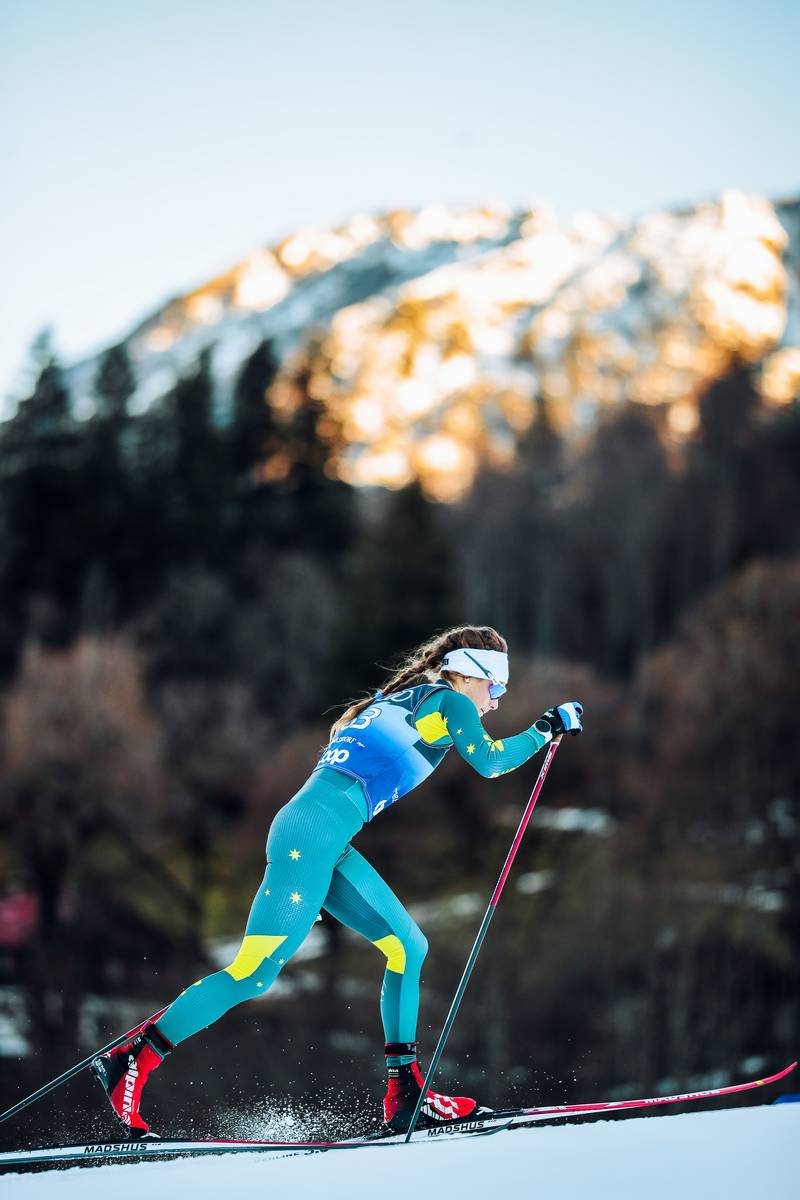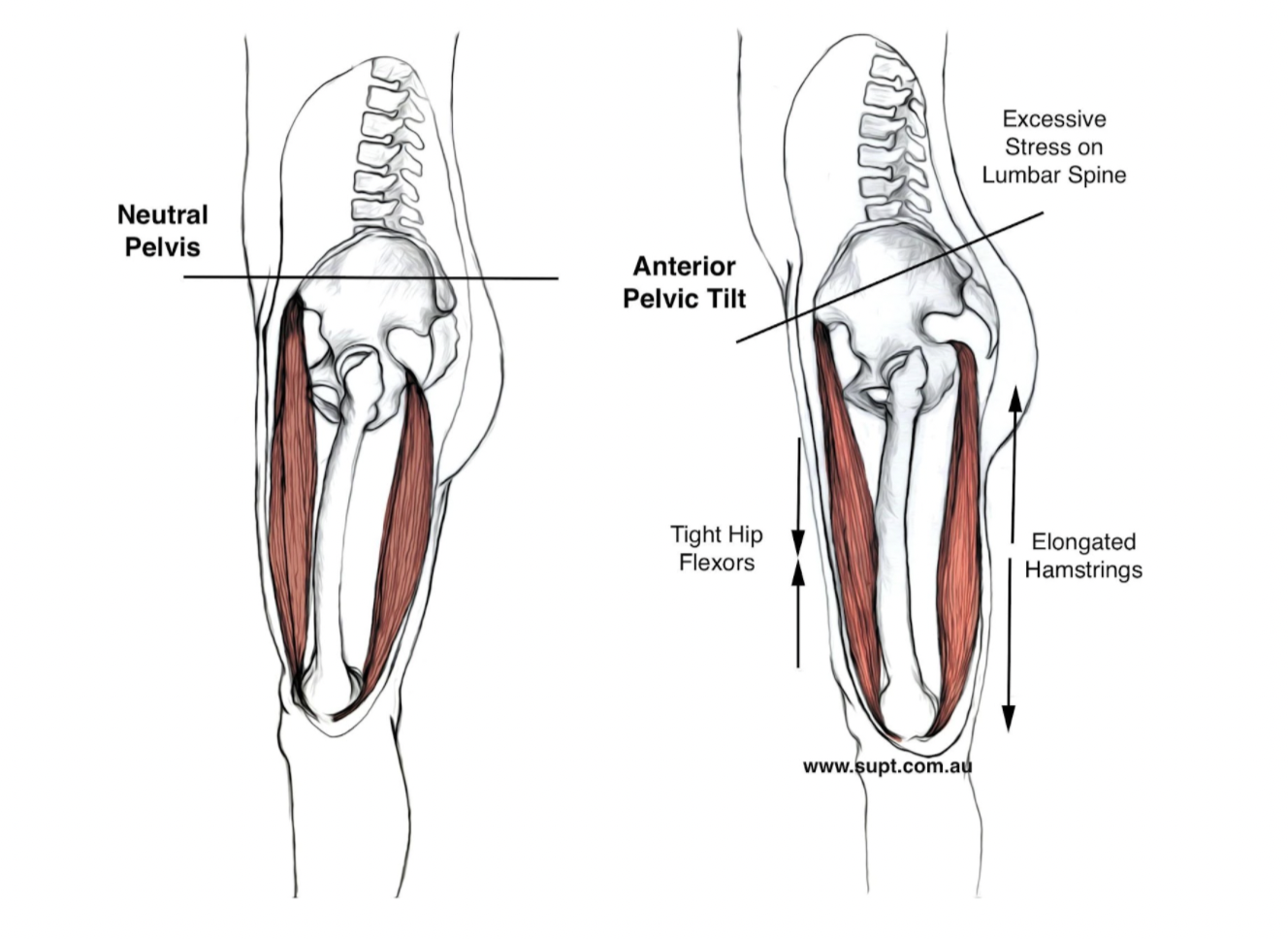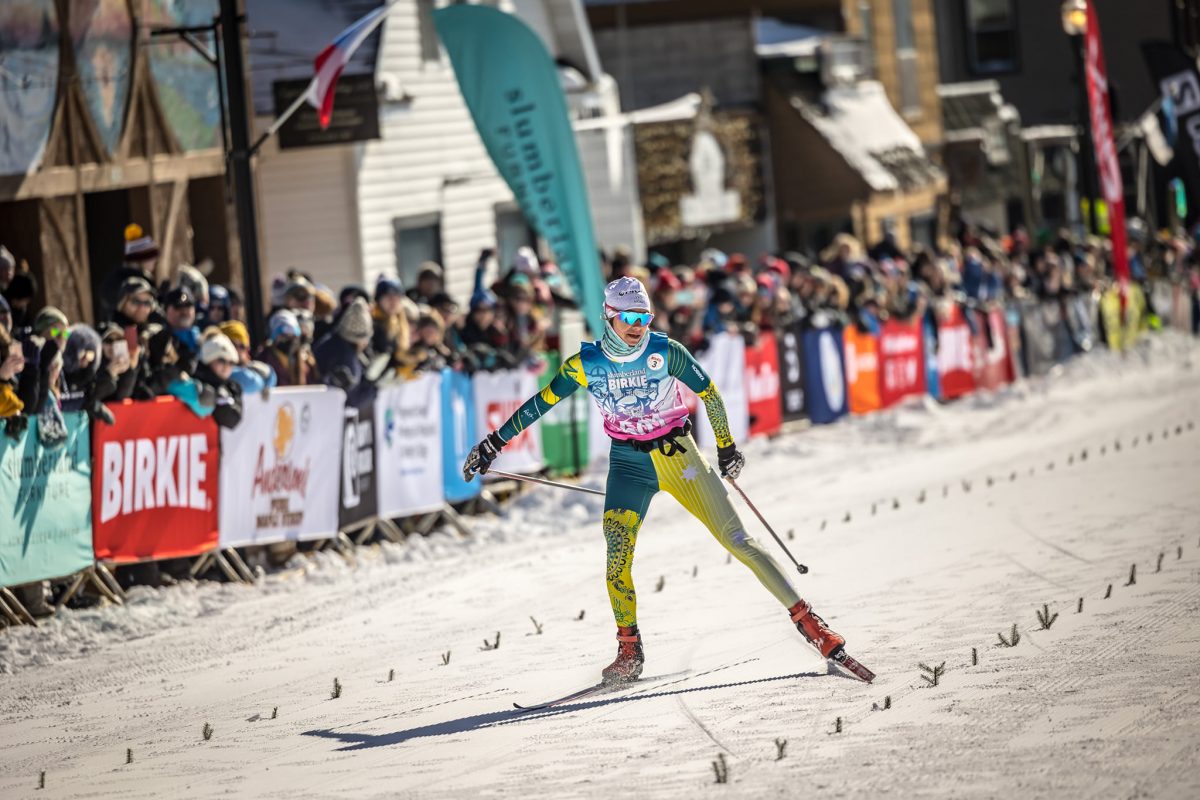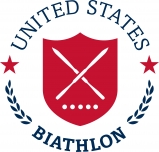Despite how it may appear, you are not picking a wedgie every five minutes. You are actually rubbing that sore spot right on your sit-bone (technically known as your ischial tuberosity) that has been plaguing you for weeks (or has it been months?) now.
This pain is especially bad during and after sitting at work, and it gets even worse when you go for your evening classic ski, although you first noticed it during bounding intervals up that monster hill this fall. When you swing your leg through to set the kick wax there is pain right at that spot; it started as a dull ache but has become progressively sharper and has started traveling down your thigh. You didn’t think it was a big deal when it started, but now it’s really starting to interfere with your training.

If this sounds all-too-familiar, you might be dealing with proximal hamstring tendinopathy, a common pathology that affects runners. It is no surprise that a similar motion – i.e., classic skiing – would also aggravate your symptoms. Here are some tips and exercises you can try to help decrease your symptoms and get you back to striding up hills Klæbo style (skip to 1:50).
But first, what actually is hamstring tendinopathy?
Tendinopathy is an umbrella term that refers to any tendon pathology characterized by pain and decreased tolerance to exercise. (1) It encompasses both tendonitis, which occurs during the acute inflammatory phase and tendinosis, the term for a chronic, non-inflammatory state of degeneration a tendon undergoes due to repetitive strain without proper healing time. Whether your hamstring pain is technically a tendonitis or tendonosis, it is still a form of tendinopathy with a root cause of mechanical overload and repeated stretch of the tendon. (2)
This stretch occurs as you swing your leg through during the knee extension phase of running or classic skiing. It is also known as an eccentric contraction, during which the hamstring muscles lengthen to decelerate your leg and prepare for your next stride. Eccentric contractions produce the highest force; with repetitive loading, this force results in stress that is transferred to the hamstring tendons. (3) Decreased pelvic stability and weak hamstrings that are not yet accustomed to the high force generated by repetitive eccentric contraction can thus lead to tendinopathy that causes your symptoms. (2)

So, the question then becomes: how do you increase pelvic stability and strengthen your hamstrings to tolerate the high eccentric loads ski training requires? Here are a few of my top hamstring exercises to accomplish these goals — be sure to read the cues below, in addition to viewing the video.
1. 90-90 Active Stretch (Before training!)
This dynamic stretch can be great prior to exercise to help increase blood flow to your hamstrings through full range and help warm up your muscles. Lay on your back and lace your hands behind your knee; slowly extend your knee and hold for 2-3 seconds at end range. Perform this exercise 8-10 times before you ski/run!
2. Heel Dig Isometric Hold (Before AND after training!)
There is evidence that isometric contractions, or those in which the muscle neither shortens nor lengthens, can have an analgesic effect for at least 45 minutes.(4) Try this exercise both directly before and after your workout to maximize pain relief. Lay on your back with your knees slightly bent. Lift your buttocks off the ground by digging your heels into the ground and hold for 45-60 seconds 3-5 times. You can progress this exercise by progressively bringing your feet closer to your buttocks or only leaving the affected leg on the ground (lifting the other leg up to make it a single leg exercise).
3. Hamstring Bridge Liftoff
Have your legs elevated on a bench or chair and lift your hips up into a bridge position. Lift one leg off the bench and hold for 5 seconds. Just make sure to keep your pelvis level (i.e. don’t let the hip of the opposite leg drop towards the ground).
4. Hamstring curl with physio ball/foam roller/sliders
Start with your heels digging into a physio ball or foam roller and your knees bent to about 90 degrees. Slowly (key to eccentric load training) straighten your legs while keeping your hips lifted off the ground. Hold for 5 seconds then bend your knees to bring the ball/foam roller/slider back towards you into the start position. You can progress this exercise to single leg as well, just don’t let your pelvis drop! (Pro-tip: you can even use large yogurt container lids as sliders!)
5. Resisted B-Skips
This exercise mimics the motion of classic skiing and running well. Secure a theraband around your ankle; again, the emphasis is on slow, controlled motions. Start with both feet on the ground and bring your knee to your 90 degrees before fully extending your knee (keep this controlled; don’t let the resistance band pull you quickly) and bringing it back to the start position. This is another great exercise to strengthen your glutes of the stance leg.
6. Tipping Bird / Single leg RDL
Start with the foot of your affected leg on the ground and your opposite leg off the ground. With the knee of your planted foot slightly bent, hinge at the hips while reaching your hands towards the ground and extending your leg out behind you. It is important to keep your core engaged and prevent your pelvis from rotating to provide pelvic stability. You can progress this exercise by holding a weight. You can also add variation to this exercise by outstretching your arms and bringing your knee to your chest, or reaching your opposite arm up towards the ceiling and then to the floor for an added challenge (see video). This exercise also challenges your glute musculature, which serve as powerful hip extensors. If your glutes are weak, then you rely more on your hamstrings to compensate and cause overload, leading to tendinopathy (this may be even more of an issue during skate skiing).
7. Nordic Curl, or Modified Nordic Curl
Of course, this exercise had to be thrown in – not only because of its name but because of how it eccentrically loads the hamstrings. You can have a partner hold your ankles or find another way to secure them as you slowly lower yourself towards the floor while maintaining a straight line from your head to your knees. Then engage your hamstrings to help return to your start position. Feel like your hamstrings might cramp? (I did – see video.) Try rolling out with your arms on a physio ball instead first.
8. Kneeling Hip Flexor Stretch
Although you may feel a constant need to stretch your hamstring, it’s important to resist this temptation! Stretching can actually lead to compression or shearing of the hamstring tendons against the bone, which causes further irritation. Instead, try this hip flexor stretch, which prevents your pelvis from tipping forward into an anterior pelvic tilt (see picture). This anterior pelvic rotation places your hamstrings on stretch, which can irritate your hamstring tendons; it is also part of a postural pattern that can place excessive stress on your lumbar spine and contribute to low back pain. When you perform this stretch, try to keep your core activated and “tuck” your tailbone; this will stabilize your pelvis and ensure that you stretch the proper musculature. Perform for 45-60 second holds 3-5 times.

9. Half-Kneel Heel Raise
Set up an object behind you and lift your back heel towards your glute, lifting up and over the object. This exercise emphasizes concentric contraction (in which the hamstring muscles are shortening). While eccentric training plays the biggest role in decreasing tendinopathies, your hamstrings also contract concentrically during the initial swing phase of running to bend your knee. Thus, it is important to strengthen both eccentrically and concentrically during rehabilitation.
10. Jumping Lunges
This exercise places plyometric load on your hamstring tendons. These types of contractions, which consist of a quick eccentric contraction followed by a concentric contraction, place a large demand on your tendons. Therefore, it is really important to build into this exercise gradually; perform exercises 1-9 for a few weeks before jumping into this. You can also start with standard lunges to help progress. Try to keep your knee behind your toes to prevent excessive knee flexion. It is also important to take adequate recovery, so take 2-3 days (at least 24 hours) (5) between this exercise to give your tendons a break.

References:
- Millar NL, Silbernagel KG, Thorborg K, et al. Tendinopathy. Nat Rev Dis Primers. 2021;7(1):1-21. doi:10.1038/s41572-020-00234-1
- Hamstring Injuries in the Athlete: Diagnosis, Treatment, and Return to Play. Accessed January 21, 2022. https://oce-ovid-com.libproxy.unm.edu/article/00149619-201605000-00016/HTML
- Hody S, Croisier JL, Bury T, Rogister B, Leprince P. Eccentric Muscle Contractions: Risks and Benefits. Front Physiol. 2019;10:536. doi:10.3389/fphys.2019.00536
- Rio E, Kidgell D, Purdam C, et al. Isometric exercise induces analgesia and reduces inhibition in patellar tendinopathy. Br J Sports Med. 2015;49(19):1277-1283. doi:10.1136/bjsports-2014-094386
- Cadore EL, Pinheiro E, Izquierdo M, et al. Neuromuscular, Hormonal, and Metabolic Responses to Different Plyometric Training Volumes in Rugby Players. The Journal of Strength & Conditioning Research. 2013;27(11):3001-3010. doi:10.1519/JSC.0b013e31828c32de
Jessica Yeaton
A long-time APU athlete, Jessica represented Australia at the 2018 and 2022 Olympics. She is currently pursuing her Doctorate in Physical Therapy from the University of New Mexico. When she is not ski racing or studying, you can find her out on her mountain bike exploring the trails.


